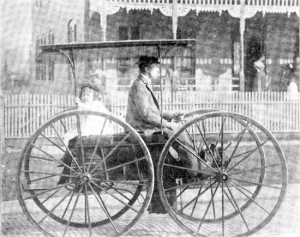This week I attended a briefing by one of the senior executives of a private health fund. A fascinating and insightful talk about the changes within the industry and his view of the future of healthcare in Australia, so here are a few things he said that caught my attention.
If you have read my blog before you would know that I’m a firm believer in ‘Data’ being the source of the answers we need to keep our healthcare system going and progressing! He said a few discouraging things about the current situation with regards to data…
- 30% of claims from institutions are made by paper! Astonishing as according to Wikipedia, (here), in.. “1979: Michael Aldrich demonstrates the first online shopping system”, wow begs the question doesn’t it! It just seems to me in a world where individuals can use facilities like PayPal to set up a personal e-commerce, it would be pervasive in any industry. (For fun there is some suggestion that students in 1971/2 at MIT and Stanford used Arpanet, the precursor of the internet, to arrange the sale of marijuana. I’m sure it was for medicinal use!)
- “We barely know who the patient is and what was done to them, from the data we are given from some organisations!”. Which led me to believe that even if ICD-10 is being used, it is not being effective in providing adequate depth of data to aid research, etc.
Then there were the statements that I liked very much ….
- “Giving doctors comparative data is very influential in changing outcomes!” So why wouldn’t someone who has a vocation to help people not want to do the best they can? While talking about impacting people’s behaviour he mentioned the Coles/Medibank deal where people get extra benefits for purchasing fruit and vegetables!
- “Understanding waste and variation is key!”, an example he gave was that knee Arthroscopy was used 10x more often in Toorak compared to Dandenong in Victoria! I’m sure there is a medical reason rather than their capability to pay!
And there was a great analogy he used when describing the treatment of chronic diseases in a hospital. “It’s like having a single factory floor that is producing both Lego blocks and Saturn 5 rockets!” and while talking about analogous things, he also spoke about countries where they are using virtual training systems to ensure proficiency before practice! Eg: Anaesthetists who have to perform 500 virtual casts before they are let into the OR.
Finally I left a bit frustrated as there is a general recognition of what good that could come from applying modern techniques to datasets. Unfortunately it does not seem like the government is committed, the private health insurance industry has too many restrictions placed on it and the individual institutions don’t seem to be in a position to provide this. Perhaps it is time for a people’s revolution, where we all demand our health data to be available on-line, a crowdsourcing or crowd-demanding sort of approach! What do you think?










